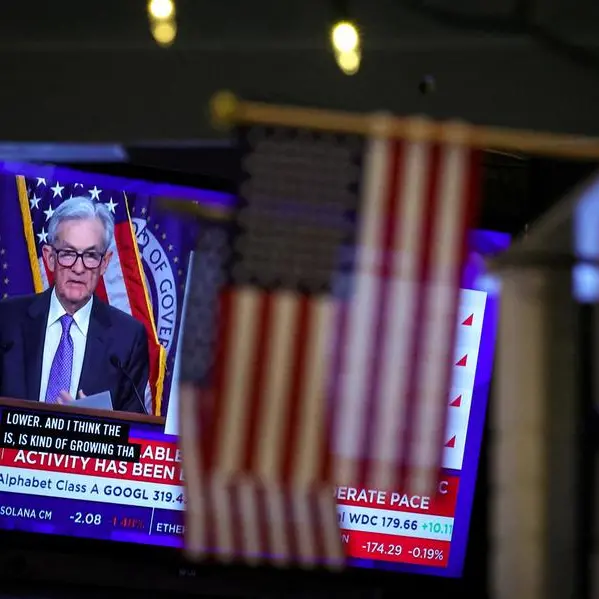PHOTO
(The opinions expressed here are those of the author, a columnist for Reuters.)
ORLANDO, Florida - Seismic shifts in immigration are distorting the U.S. employment picture, making it harder for investors and policymakers to know exactly how much the labor market is actually slowing.
Assuming the Trump administration makes good on its pledge to reduce immigration, either by stopping the flow of people coming into the country or by deporting many already here, the labor supply will shrink.
The long-term impact of lower immigration is generally agreed to be negative, as new workers are needed to replace retirees, fill job vacancies and drive economic growth. Over time, fewer new workers will likely mean lower growth.
But in the short term, a smaller pool of workers results in a tighter labor market, which keeps a lid on the unemployment rate, albeit artificially and probably temporarily. This may already be playing out.
Figures released last week showed that employment in May fell by 696,000 jobs. That's the biggest single monthly decline since the historic losses seen during the pandemic in early 2020. Some economists argue that the recent drop is a consequence of Trump's immigration crackdown.
Nonfarm payrolls rose 139,000. Meanwhile, the unemployment rate held steady at 4.2%, which though higher than it was two years ago, is still historically low by any measure.
All else being equal, this points to a tight labor market, which should put upward pressure on wages and perhaps even warrant a more hawkish policy stance from the Federal Reserve.
But that is almost certainly a misreading.
When labor supply and the labor force participation rate fall, this brings down a country's so-called 'breakeven' job growth. That's the number of net new jobs the economy needs to keep up with growth in the working-age population and maintain a steady unemployment rate.
That figure is falling, and if the Trump administration toughens up its anti-immigration policies further, this decline is likely to accelerate.
LOWER FOR LONGER
According to economists at Morgan Stanley, breakeven employment growth averaged 210,000 jobs a month last year, and is averaging 170,000 so far this year. They reckon it will fall to 90,000 by the end of this year and 80,000 next year.
Ryan Sweet, chief U.S. economist at Oxford Economics, goes further, estimating that the breakeven rate is "quickly approaching" 50,000 jobs a month due to weakening labor supply growth, primarily because of reduced immigration.
"The unemployment rate can remain low, but for the wrong reasons," Sweet says.
If these projections prove accurate, monthly employment and job growth could continue to slow without raising the unemployment rate. The contradictory signals this sends could create confusion for both investors and policymakers.
In his press conference after the most recent Fed policy meeting, Chair Jerome Powell repeatedly told reporters that the labor market is "solid". The unemployment rate "remains low," and the labor market is "at or near maximum employment."
If these headline indicators are the gauge, Powell is absolutely correct. But he also stressed that policymakers are looking at the "whole huge array" of labor market indicators for a truer guide.
One of those inputs in the months ahead will no doubt be net immigration. And that could generate significant uncertainty, as there are huge gray areas and wide margins of error when trying to estimate net immigration and its impact on the labor market.
In January, the non-partisan Congressional Budget Office projected net immigration of 2 million people this year and 1.5 million next year, down from an estimated 3.3 million in 2023. With Trump seemingly hardening his stance on immigration, those projections could turn out to be far too high.
Morgan Stanley's economists just slashed their immigration forecasts to 800,000 this year and 500,000 next year. If these figures turn out to be closer to reality, we could soon be looking at a "tight" labor market with monthly payrolls gains of well under 100,000. Pity the poor Fed Chair who has to communicate policy in that environment.
(The opinions expressed here are those of the author, a columnist for Reuters)
Enjoying this column? Check out Reuters Open Interest (ROI), your essential new source for global financial commentary. ROI delivers thought-provoking, data-driven analysis. Markets are moving faster than ever. ROI can help you keep up. Follow ROI on LinkedIn and X.
(By Jamie McGeever; Editing by Susan Fenton)





















